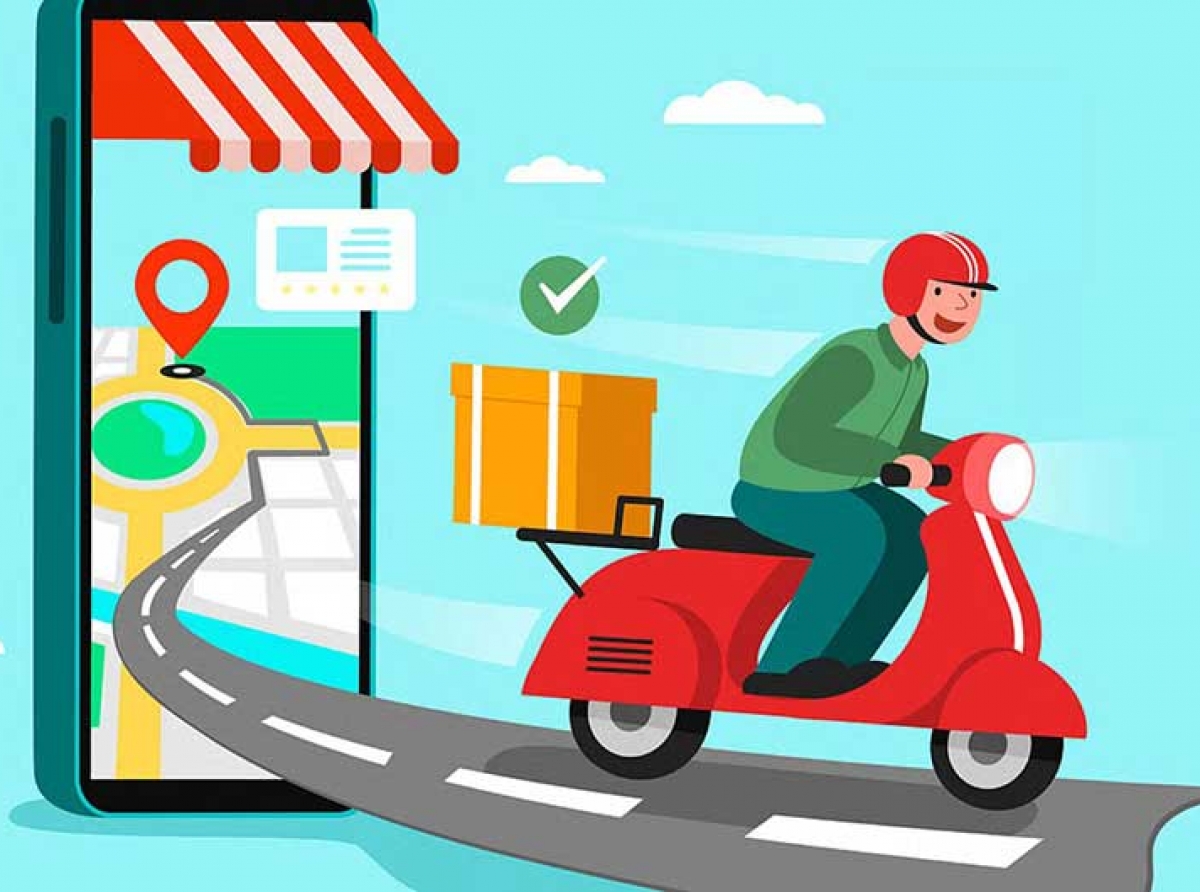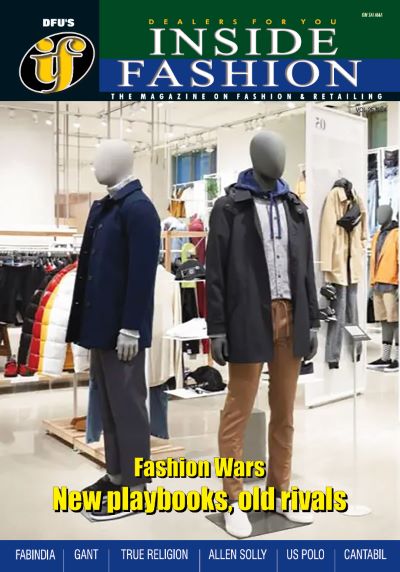Fast Fashion, Faster Delivery: How Q-commerce is redefining retail in India

20 November 2025, Mumbai
In less than three years, India’s retail ecosystem has been upended by the meteoric rise of quick commerce (q-commerce), a model promising deliveries in as little as 10-30 minutes. What began with groceries has now expanded into beauty, electronics, and increasingly, apparel.
As per industry estimates, India’s q-commerce market reached $3.8 billion in 2024 and is projected to touch $9.5 billion by 2028, growing at a CAGR of 24 per cent. Players such as Zepto, Blinkit, and Swiggy Instamart have rewritten the logistics playbook, leveraging micro-warehouses, real-time data, and hyperlocal routing algorithms. “Speed has become the new currency of loyalty,” said a senior retail analyst at Technopak. “Fashion, like food, is now about immediacy not just desirability.”
Table: Growth path of India’s quick commerce market
|
Year |
Market size ($ bn) |
Annual growth (%) |
Segment drivers |
|
2022 |
1.6 |
— |
Groceries, essentials |
|
2023 |
2.7 |
68% |
Expansion into beauty, electronics |
|
2024 |
3.8 |
41% |
Entry of apparel and accessories |
|
2028 (projected) |
9.5 |
24% CAGR |
Diversification into fashion, home décor |
Fashion’s entry into q-commerce is not accidental it’s the result of consumer maturity. What began as instant delivery for perishables is now expanding into lifestyle products, signalling a behavioral shift toward on-demand aspiration.
The Q-commerce value proposition for fashion
Fashion and apparel brands are finding surprising synergies in this model. While apparel may not seem like a ‘need-it-now’ product, q-commerce caters perfectly to impulse-driven categories, think partywear, athleisure, or accessories for last-minute events.
Table: Why fashion brands are partnering with Q-commerce platforms
Strategic benefit Description Industry examples Wider reach Penetrates dense urban clusters and Gen Z markets Nykaa, Bewakoof Speed = Loyalty Instant delivery improves repeat purchase rates Zepto x Adidas pilot Data-driven retailing Real-time consumer insights for trend prediction Blinkit Analytics Hub Reduced inventory risk Localized micro-fulfillment limits dead stock Pepe Jeans micro-warehousing in Delhi NCR
Fashion’s traditional “slow sell-through” model is being reimagined. With q-commerce, retailers can experiment with micro-launches, test regional demand, and pivot fast something e-commerce alone couldn’t enable.
The invisible price tag
Behind every 10-minute delivery lies a costly logistical ballet. Apparel’s larger SKUs and complex handling requirements make the economics tricky.
Table: Comparison of retail fulfillment models
Retail Model Fulfillment cost Average delivery time Profit margin Traditional e-commerce Rs 70 1-3 days 18% Omnichannel retail Rs 55 Same day 22% Quick commerce Rs 110 10-30 minutes 8-10%.
The promise of instant gratification comes at a steep cost. The low-margin economics of q-commerce can erode brand profitability unless supported by premium pricing, exclusive SKUs, or shared logistics partnerships. For many fashion retailers, q-commerce may be a visibility tool not a profit engine.
Uneven playing field
As Q-commerce expands, it threatens to displace smaller retailers and kirana-based apparel sellers that have long dominated India’s local markets.
Moreover, aggressive discounting by VC-backed players is reshaping consumer price expectations.
Table: Retail channel comparison
Metric Traditional Retail E-Commerce Quick Commerce Average Order Value (AOV) Rs 1,850 Rs 1,650 Rs 950 Return Rate 9% 22% 5% Inventory Turnover 3x 6x 8x Customer Acquisition Cost (CAC) Rs 150 Rs 270 Rs 400
While Q-commerce boosts velocity, it suffers from higher customer acquisition costs. Fashion retailers must therefore use Q-commerce strategically to drive trial and brand recall rather than as a primary sales channel.
The sustainability dilemma
Instant delivery’s carbon cost is increasingly under scrutiny. A joint study by the Council for Responsible Retail (2025) estimated that Q-commerce emits 1.8x more CO₂ per transaction than traditional online retail due to fragmented routing and high packaging turnover.
Table: Sustainability footprint comparison (Per 100 deliveries)
Model CO₂ emissions (kg) Packaging waste (kg) Avg. delivery radius (km) Traditional Retail 9.5 4.2 — E-Commerce 12.1 5.6 12 Quick Commerce 21.7 8.8 2–3
Speed comes with a footprint. Unless mitigated by EV fleets and recyclable packaging, q-commerce’s environmental cost could outweigh its consumer convenience posing reputational risks for fashion brands aligned with sustainability narratives.
Read our latest issue
Reinventing retail for the Q-commerce age
For fashion retailers, the future is not about competing against Q-commerce but with it. Emerging strategies include.
• Omnichannel sync: Integrate instant delivery into store networks for last-mile fulfillment.
• Hyperlocal capsule drops: Limited collections available only via q-commerce apps.
• Data alliances: Sharing predictive analytics with delivery partners for trend forecasting.
• Sustainability-first delivery: Investing in green logistics and recyclable packaging to offset emissions.
“We see Q-commerce as a marketing channel, not a margin center,” said a senior executive at a leading denim brand. “It’s our digital billboard in motion.”
A hybrid future
The quick commerce revolution is not a passing fad it’s a recalibration of consumer psychology. As India’s young consumers blend immediacy with aspiration, fashion retailers face a defining choice: chase the clock or rewrite the model. Those who can balance speed with sustainability, and convenience with connection, will define the next decade of retail.










